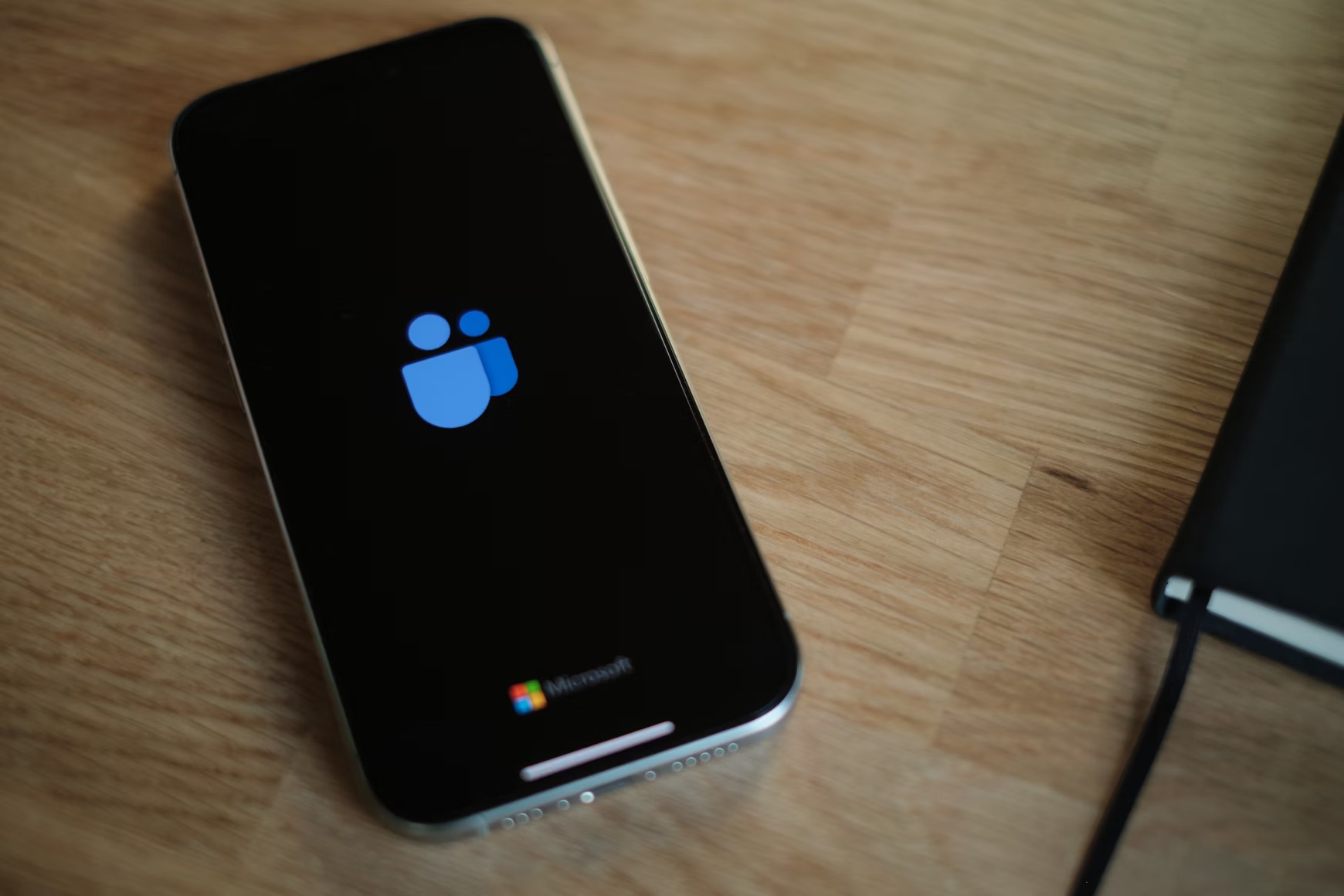
Microsoft Teams is preparing to launch new protections designed to shield users from cyber threats. Starting next month, the app will detect and warn users when malicious URLs appear in chats or channels.
Blocking Dangerous Files
Alongside URL detection, Teams will block messages containing high-risk file types such as executables. The feature is meant to prevent malware and other file-based attacks from spreading through workplace communications.
Both tools are currently listed as “in development” but are expected to roll out next month across Android, iOS, desktop, and web versions.
The security updates come nearly a year after reports of ransomware attacks linked to the Russia-based group Black Basta. Attackers used Teams as part of their strategy, contacting employees while posing as IT staff. Messages included malicious links and QR codes disguised as fixes. Once clicked, these enabled remote-access software installation, system breaches, and ransomware deployment.
By warning users of suspicious links and blocking harmful files, Microsoft aims to cut off the tactics used in those types of attacks.
Other Updates to Teams
These new protections arrive after Microsoft’s rollout of a Prevent Screen Capture feature last month, which stops meeting content from being recorded via screenshots. Teams is also adding threaded replies soon, a feature that will organize conversations in a more structured way and reduce chat clutter, similar to Slack.
Author’s Opinion
These upgrades show that Microsoft is taking security inside collaboration tools more seriously, but it also highlights how risky workplace apps have become. Attackers know employees trust their work tools, so exploiting that trust is one of the easiest ways to break into company systems. Adding safeguards is a step forward, but organizations shouldn’t rely only on built-in protections—employee awareness and training remain just as important to stop attacks before they succeed.
Featured image credit: appshunter via Unsplash
For more stories like it, click the +Follow button at the top of this page to follow us.
